Permaculture is a design tool which can find practical applications in your personal life journey, in your garden, your apartment, your farm, your project/business, community, or when planning your next family meal! It encourages an approach of working with the situation in front of you, beginning with mindful observation and a stocktake of what there is.
Australians Bill Mollison and David Holmgren derived the term ‘permaculture’ from “permanent agriculture” or “permanent culture”, in the 1970’s, out of deep concern about the consumerist and wasteful lifestyles way beyond the ecological capacity. The permaculture framework gives tools and techniques for living sustainably, creating resilient diverse environments with interconnected circular systems, not based on unlimited growth, but striving to design with the limited resources we have. In a sustainable design, you keep the future generations in your mind, at all times. You care for who comes next and leave enough. It’s like a hut etiquette in a hiking hut: You leave enough dry and cut firewood for the next ones who come.
When applying a permaculture design in your garden, you would first observe your situation, ideally over a year before making changes; you would connect with your neighbors and see what they grow, and create a base map of the ‘givens’, such as dominant wind, course of the sun, and soil type. When applying this tool to your personal life, you would reflect on your skills, talents and interests, education, combined with your social network for support and your financial resources. Designing your next family meal would begin with a walk through your garden and then checking your fridge and pantry for what you have, before you go shopping!
“Permaculture is a philosophy of working with, rather than against nature; of thoughtful observation rather than thoughtless labor; and of looking at plants and animals in all their functions, rather than treating any area as a single product system” …Bill Mollison.
The name for Toru Education (toru meaning three in Maori) is inspired by permaculture’s threefold ethics:
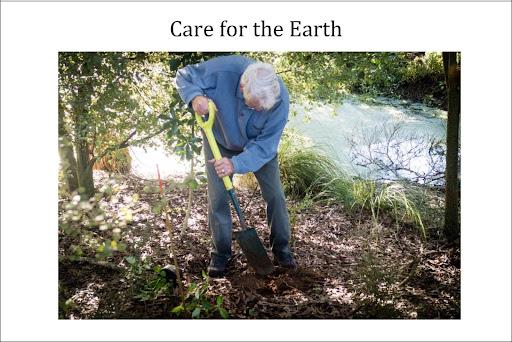
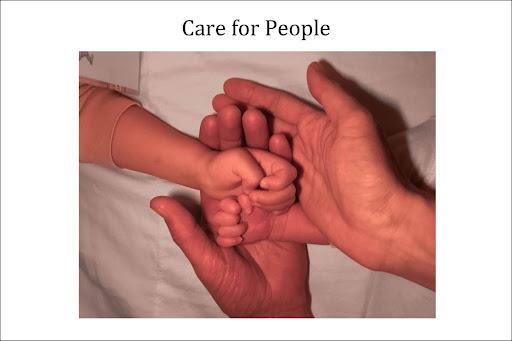
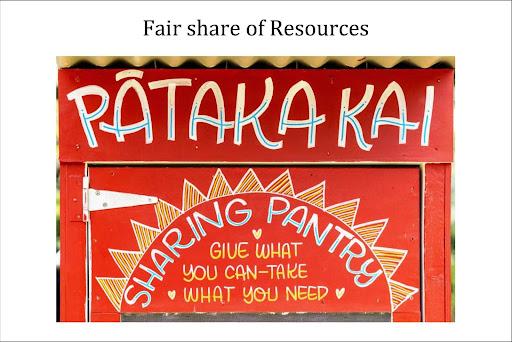
These three are interweaving and of equal importance. I consider them a healthy and flexible scaffold of support for personal and professional decision-making; like a moral compass. Imagine if businesses, government, community, all of us would act every day within these simple and unquestionable ethics?
Permaculture follows principles of natural ecosystems such as diversity and integration, and sustainable abundance. Permaculture principles seek to create harmonious, enduring relationships whilst embracing natural cycles and seasons between birth and death. They integrate and maximize beneficial relationships between diverse elements.
The principles were first described by the two founders, but are not cemented in semantics, hence personal interpretation and elaboration is encouraged. We enjoyed adding the extra descriptive sentence in italics, and illustrated them with photos. I love using them as a ‘filter’ to first assess a situation and/or ‘test’ a draft design.
I warmly encourage you to let these principles accompany you in your daily life! Make friends with them! They will guide and accompany you towards a balanced, harmonious, less hurried lifestyle within your local community, with a lower carbon footprint, leaving resources for the future. Leaving enough firewood for your grandchildren! We can send you a pdf version, to hang them on your fridge!
Doris Zuur
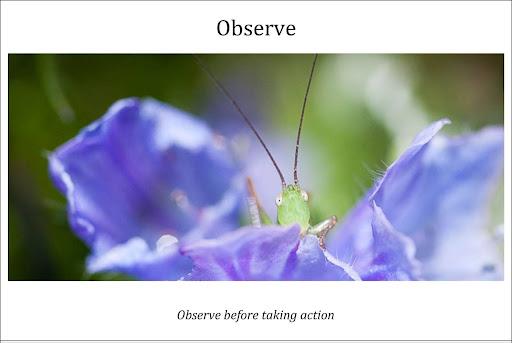
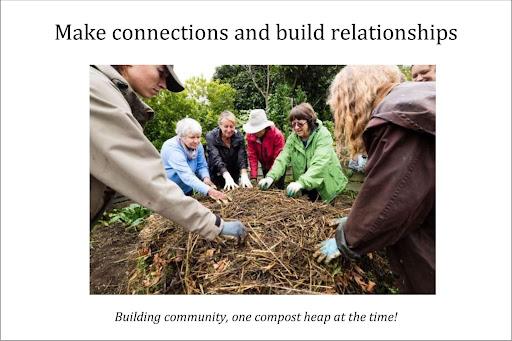
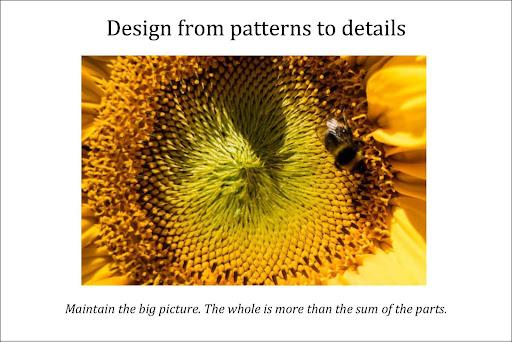
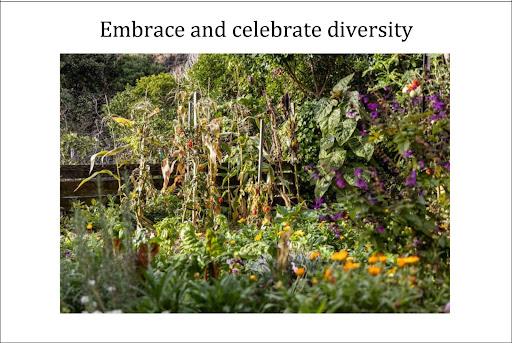
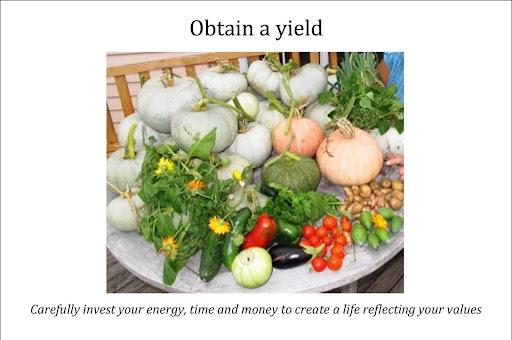
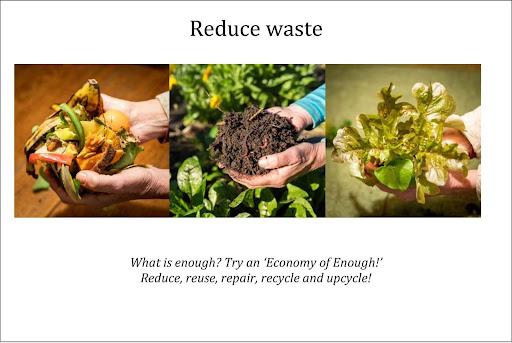

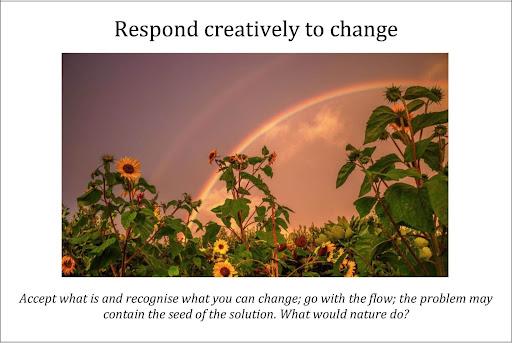
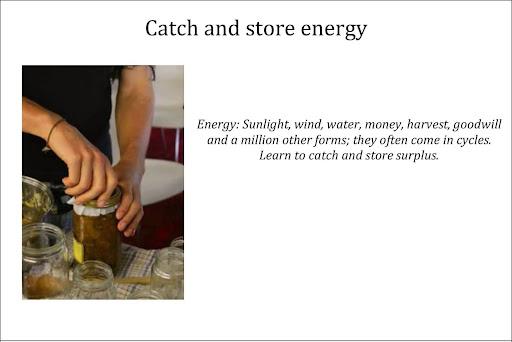
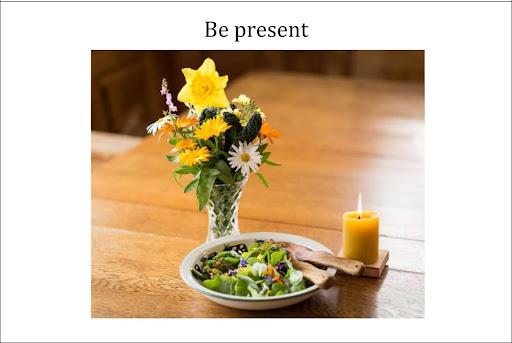
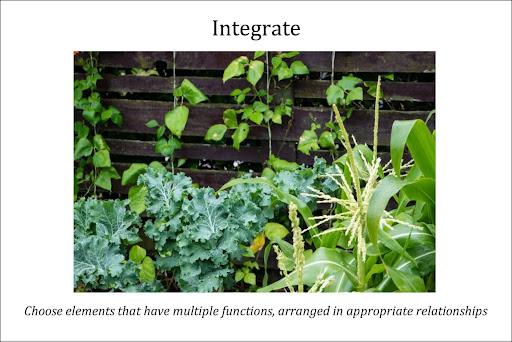
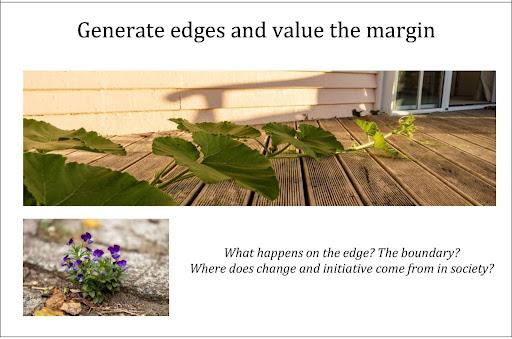
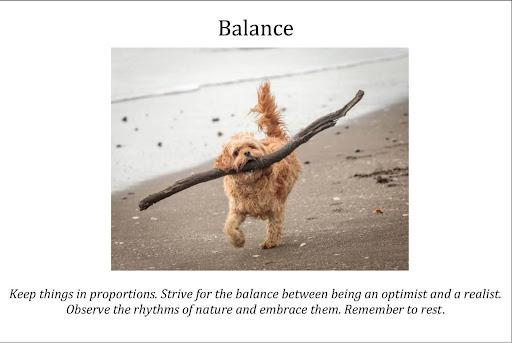
- Log in to post comments
